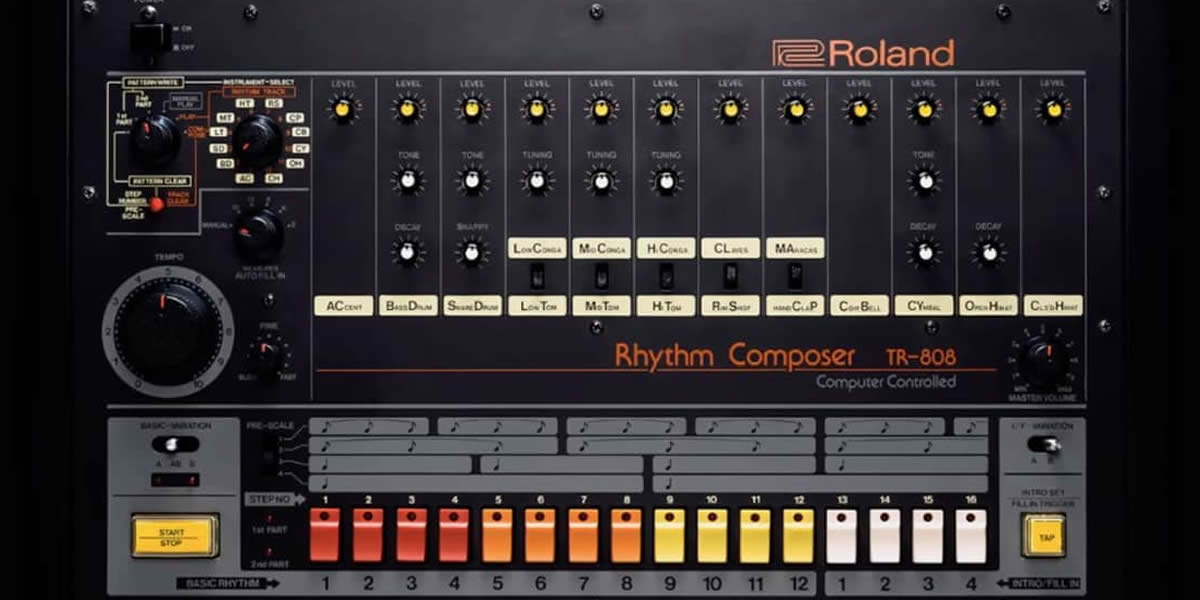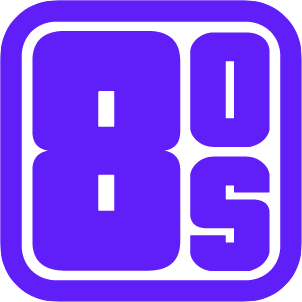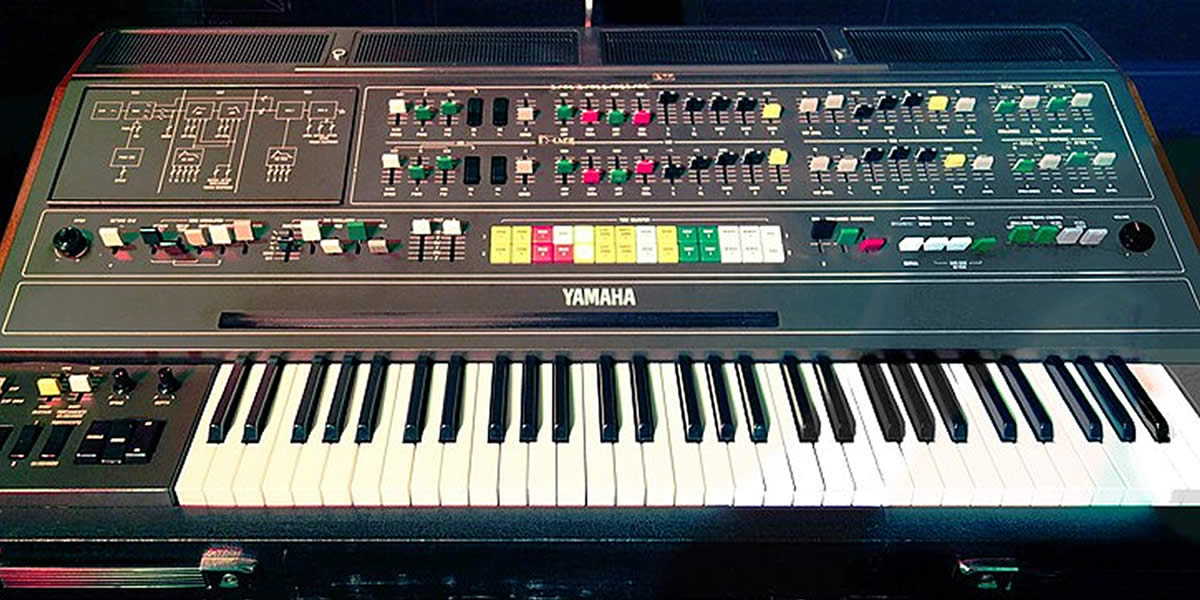When it comes to music in the 80s, the Roland TR-808 was one of the most iconic and influential pieces of electronic music equipment available.
The Roland TR-808, also known as the rhythm composer or simply as the 808, was one of the most iconic pieces of musical equipment available throughout the 80s. It completely revolutionized the way that music was produced thanks to its deep bass drum, crisp hi-hats, and sharp snares. While the 808 was originally dismissed as a commercial failure, it quickly became a cornerstone of the hip-hop, electronic, and pop music industries.
The Evolution of Music in the 80s
Everyone who is familiar with music in the 80s knows just how transformative the period was. There was a rise of countless new genres and an increased use of synthesizers and drum machines. There was a convergence of technological innovation and musical experimentation which helped to give birth to the electronic, pop, and hip-hop subcultures. Roland had been known for their synthesizers for quite some time, and when they released the TR 808 back in 1980, it became one of the first programmable drum machines available on the market. Rather than using prerecorded samples, it actually synthesized the beats.
The goal, was to create an affordable solution for musicians who wanted to create their own rhythmic patterns without having to hire a drummer. Nevertheless, the Roman TR 808 was discontinued in 1983. Despite its very short lifespan, its mere existence helped to contribute to the underground music industry. Its cult-like status was elevated further as hip-hop began to emerge from the streets of New York. Eventually, the 808 found its place as a pioneering instrument that helped to create the electronic, hip-hop, and pop genres.

The Rise of the Roland TR-808 In Music in the 80s
There were countless factors that helped to raise the Roland TR-808 from the dead including the birth of hip-hop, the popularity of synth-pop music, and the electronic music revolution.
The Birth of Hip-Hop in Music in the 80s
Perhaps one of the biggest developments of the early 80s was the birth and the rise of hip-hop as a counterculture genre. The TR-808 played an integral role in shaping this whole new sound. Early artists and producers loved the 808 because of its deep booming bass drums and its crisp snares. This created a powerful foundation for rap tracks during the early 80s. In fact, one of the first mainstream releases was Planet Rock by Afrika Bambaataa and the Soulsonic Force back in 1982. And, the robotic pulsing rhythms quickly became a blueprint for future hip-hop and electronic tracks.
Of course, the affordability and portability helped push the 80 weight into prominence. At the time, hip-hop artists were producing music outside of a traditional recording studio. The device allowed them to take the equipment with them and experiment in unprecedented ways. This gave rise to different types of beats that were seen as raw, powerful, and undeniably fresh. And, as a genre continued to expand throughout the 80s, the 808 remained a staple of the industry.
Synth-Pop Music in the 80s
The 80s were also known for the rise of synth-pop. The HOA was essential to the underground scene of hip-hop and electronic musicians around the country. It played an integral role in ensuring that Marvin Gaye’s 1982 Sexual Healing was a success. The Roland TR-808 was used to create rhythms that were laid back and appealed to a wider audience. At the same time, it also began appearing in pop music tracks. The sharp snares and punchy kick became an essential tool for anyone who was looking for the perfect drum machine. As a result, big-name artists such as Whitney Houston used it as an integral part of their rerecording process.
Electronic Music in the 80s
You also have electronic and dance music in the 80s. Due to the precise synthetic beats produced by the TR-808, the drum machine quickly became a favorite among producers in genres like house and techno. The drum machine was used by popular artists like Kraftwerk, and even by techno pioneers such as Derrick May and Juan Atkins. As a result, the 808 was considered the driving force behind the music, and not just an accompaniment.
The Faces Behind the TR-808 Revolution
There were countless artisan producers who were instrumental in popularizing the 808 there in the early to mid-80s. One of the most prominent tracks was Planet Rock by Afrika Bambaataa. But, producers like Rick Rubin also use the 808 in many of their productions for popular acts like LL Cool J and the Beastie Boys. As a result, the sound of the Roland TR-808 became firmly embedded into the DNA of 80s hip-hop. At the same time, electronic music pioneers like Kraftwerk used the 808 to create many of the most memorable dance beats of the decade.
Roland TR-808 Was a Symbol of the Creativity of Music in the 80s
The impact of the Roland TR 808 is ever-enduring. The influence of the drum machine spanned multiple genres from hip-hop and pop to electronic and dance music. By the end of the 80s and well into the 90s, the 808 had become a quintessential part of the hip-hop sound. And, its legacy continues to shape the sounds of modern music.
A good example of just how important the Roland TR-808 is to hip-hop and rap, look no further than Kanye West’s 2008 album entitled 808s & Heartbreak. The album itself pays homage to the influence that the drum machine had on the hip-hop and rap subcultures. And it shows just how influential the sound is in modern music.

Conclusion
There is no question that the Roland TR-808 helped to define the sounds of the 80s. A single machine paved the way for entire genres of music to develop throughout the early parts of the decade. It provided musicians and producers with crisp snares, distinctive high hats, and some of the deepest bass imaginable. And, these sounds were the building blocks of hip-hop, pop, and electronic music in the 80s.





